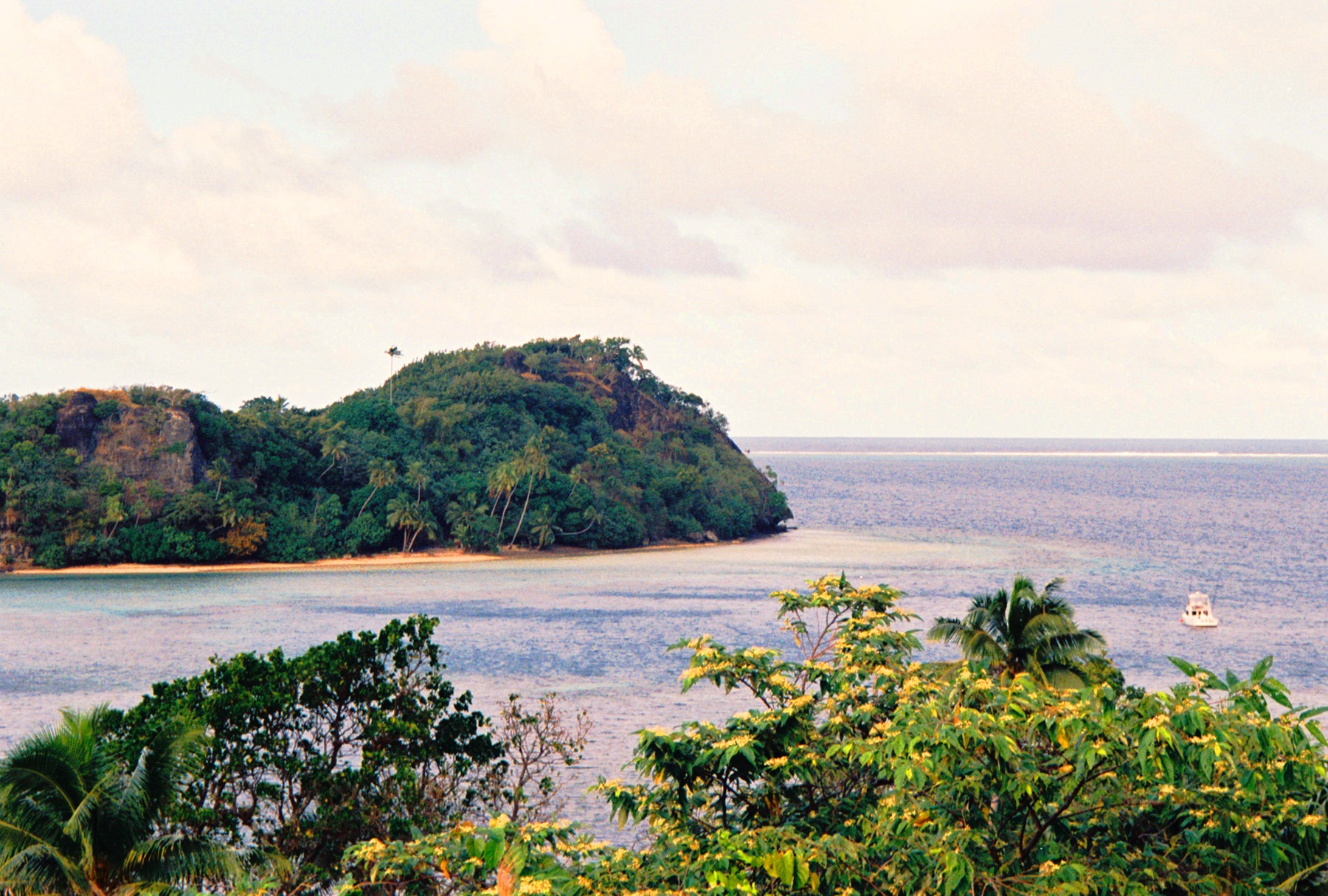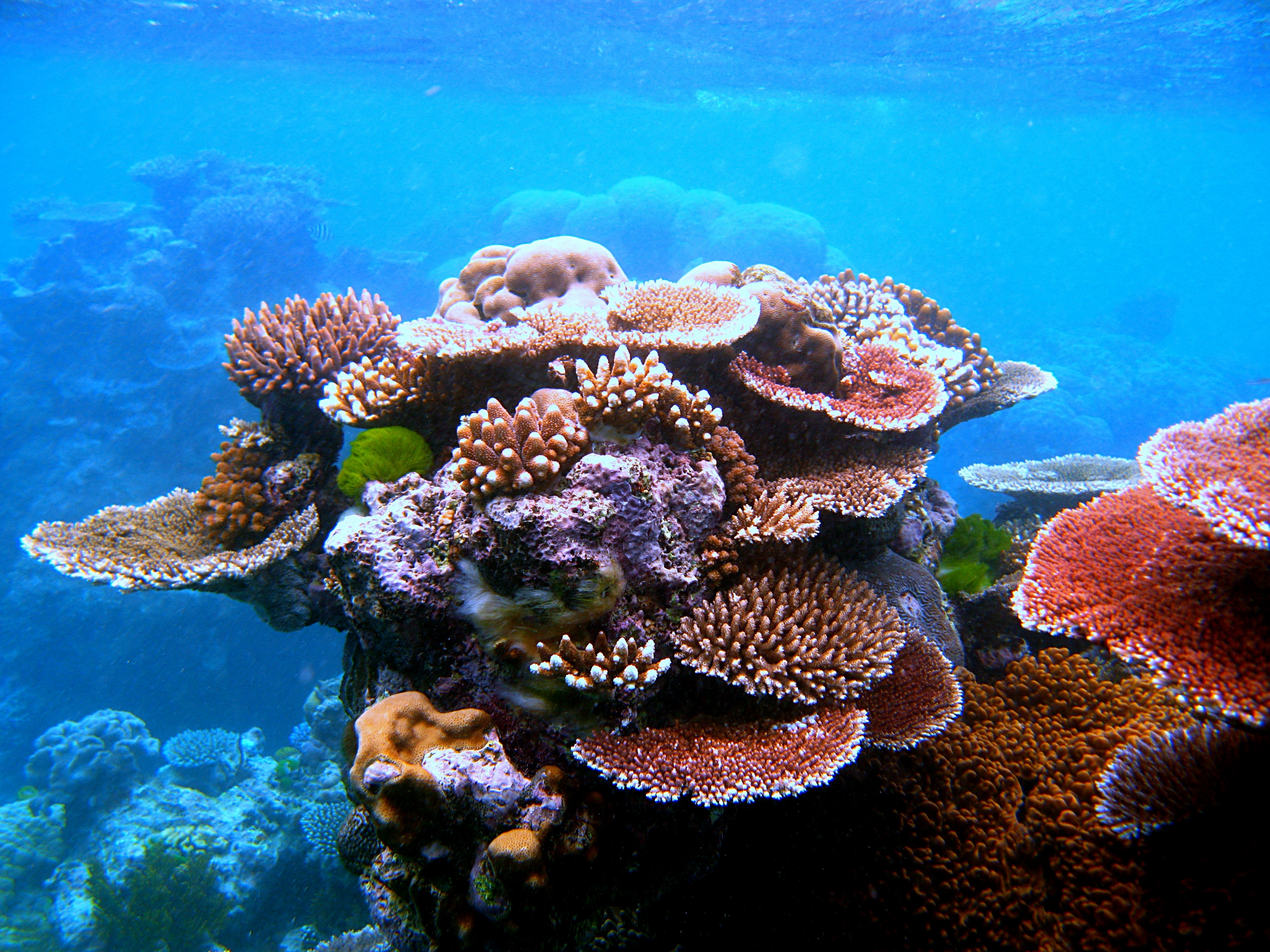|
Dravuni
Dravuni (pronounced ) is a volcanic island in the Kadavu Group of islands in Fiji. Covering an area of , it is located at 18.78° South and 178.53° East, and reaches a maximum altitude of . The island is inhabited by approximately 125 people and is the most northern of several inhabited islands within the Great Astrolabe Reef. Just north of the Astrolabe lies Solo Reef, an atoll where according to local legend there used to be a village that sunk into the sea. Villagers who fish there respect this legendary village by not throwing garbage overboard. Dravuni is also home to The University of the South Pacific (USP) research facility which is currently being used by Coral Cay Conservation as the main base for conducting surveys on the reefs by invitation of the Fijian Ministry of Tourism. The former Foreign Minister and diplomat Kaliopate Tavola Kaliopate Tavola (born 1946) is a Fijian Agricultural economist, diplomat, and politician, who was his country's Minister fo ... [...More Info...] [...Related Items...] OR: [Wikipedia] [Google] [Baidu] |
Kaliopate Tavola
Kaliopate Tavola (born 1946) is a Fijian Agricultural economist, diplomat, and politician, who was his country's Minister for Foreign Affairs from 2000 to 2006. He was also Minister for External Trade and Minister for Sugar. Diplomatic career A native of the small island of Dravuni in the Kadavu archipelago, Tavola was educated at Ratu Sukuna Memorial School and began his career in 1973 as an agricultural economist with the Ministry of Agriculture. In 1984 he was posted to London as a Counsellor with the Fijian High Commission; he concurrently represented the Fiji Sugar Marketing Company. He was transferred to Brussels and appointed Ambassador to Belgium in 1988, and was accredited to France, Portugal, Spain, Luxembourg, and Greece, as well as to UNESCO and the World Trade Organization. He remained in that position for ten years. Political career Prime Minister Laisenia Qarase appointed Tavola Minister for Foreign Affairs in the Interim Government tha ... [...More Info...] [...Related Items...] OR: [Wikipedia] [Google] [Baidu] |
Kadavu Group
The Kadavu Group is an archipelago south of Viti Levu, one of Fiji's two main islands. Dominated by Kadavu Island, the fourth largest island in Fiji, the group also includes Ono, Dravuni Dravuni (pronounced ) is a volcanic island in the Kadavu Group of islands in Fiji. Covering an area of , it is located at 18.78° South and 178.53° East, and reaches a maximum altitude of . The island is inhabited by approximately 125 people ..., Galoa and a number of islets in the Great Astrolabe Reef.Kadavu Group - satellite view Archipelagoes of Fiji Archipelagoes of the Pacific Ocean {{Fiji-geo-stub ... [...More Info...] [...Related Items...] OR: [Wikipedia] [Google] [Baidu] |
Fiji
Fiji ( , ,; fj, Viti, ; Fiji Hindi: फ़िजी, ''Fijī''), officially the Republic of Fiji, is an island country in Melanesia, part of Oceania in the South Pacific Ocean. It lies about north-northeast of New Zealand. Fiji consists of an archipelago of more than 330 islands—of which about 110 are permanently inhabited—and more than 500 islets, amounting to a total land area of about . The most outlying island group is Ono-i-Lau. About 87% of the total population of live on the two major islands, Viti Levu and Vanua Levu. About three-quarters of Fijians live on Viti Levu's coasts: either in the capital city of Suva; or in smaller urban centres such as Nadi—where tourism is the major local industry; or in Lautoka, where the sugar-cane industry is dominant. The interior of Viti Levu is sparsely inhabited because of its terrain. The majority of Fiji's islands were formed by volcanic activity starting around 150 million years ago. Some geothermal activity st ... [...More Info...] [...Related Items...] OR: [Wikipedia] [Google] [Baidu] |
Volcanic Island
Geologically, a high island or volcanic island is an island of volcanic origin. The term can be used to distinguish such islands from low islands, which are formed from sedimentation or the uplifting of coral reefs (which have often formed on sunken volcanos). Definition and origin There are a number of "high islands" that rise no more than above sea level, often classified as " islets or rocks", while some low islands, such as Banaba, Henderson Island, Makatea, Nauru, and Niue, as uplifted coral islands, rise over above sea level. The two types of islands are often found in proximity to each other, especially among the islands of the South Pacific Ocean, where low islands are found on the fringing reefs that surround most high islands. Volcanic islands normally arise above a hotspot. Habitability High islands above a certain size usually have fresh groundwater Groundwater is the water present beneath Earth's surface in rock and soil pore spaces and in th ... [...More Info...] [...Related Items...] OR: [Wikipedia] [Google] [Baidu] |
Great Astrolabe Reef
The Great Astrolabe Reef is in Fiji and surrounds the fourth largest island, Kadavu Island, which is approximately 65 km in length. Kadavu Island is approximately 100 km south of Viti Levu, the main island of Fiji. The Great Astrolabe Reef is one of the largest barrier reefs in the world and encompasses Kadavu Island, Ono Island and other small islands within a natural protective lagoon. The reef is predominantly located along the southern coast of Kadavu Island and arcs north around Ono Island and further north to Buliya. The reef is a breeding ground for many large billfish (marlin) species, sharks, tuna, giant trevally, mahi-mahi (dolphinfish) and snapper, due to it having many channels leading from extremely deep water into shallow lagoons. Parts of the reef, such as Naiqoro Passage, one of the main passages, are protected from fishing and require entry fees. This is because Naiqoro Passage is one of the main thoroughfares for large fish. The marine lagoon ec ... [...More Info...] [...Related Items...] OR: [Wikipedia] [Google] [Baidu] |
The University Of The South Pacific
The University of the South Pacific (USP) is a public research university with locations spread throughout a dozen countries in Oceania. Established in 1968, the university is organised as an intergovernmental organisation and is owned by the governments of 12 Pacific island countries: the Cook Islands, Fiji, Kiribati, Marshall Islands, Nauru, Niue, Samoa, Solomon Islands, Tokelau, Tonga, Tuvalu and Vanuatu. USP is an international centre for teaching and research on Pacific culture and environment, with almost 30,000 students in 2017. The university's main campus is in Suva, Fiji, with subsidiary campuses in each member state. History Discussion of a regional university for the South Pacific began in the early 1950's, when an investigation by the then-South Pacific Commission recommended the creation of a "central institution" for vocational training in the South Pacific, with a university college as a distant goal. In December 1962, the Fijian Legislative Assembly discussed ... [...More Info...] [...Related Items...] OR: [Wikipedia] [Google] [Baidu] |
Coral Cay Conservation
Corals are marine invertebrates within the class Anthozoa of the phylum Cnidaria. They typically form compact colonies of many identical individual polyps. Coral species include the important reef builders that inhabit tropical oceans and secrete calcium carbonate to form a hard skeleton. A coral "group" is a colony of very many genetically identical polyps. Each polyp is a sac-like animal typically only a few millimeters in diameter and a few centimeters in height. A set of tentacles surround a central mouth opening. Each polyp excretes an exoskeleton near the base. Over many generations, the colony thus creates a skeleton characteristic of the species which can measure up to several meters in size. Individual colonies grow by asexual reproduction of polyps. Corals also breed sexually by spawning: polyps of the same species release gametes simultaneously overnight, often around a full moon. Fertilized eggs form planulae, a mobile early form of the coral polyp which, when mat ... [...More Info...] [...Related Items...] OR: [Wikipedia] [Google] [Baidu] |
Minister For Foreign Affairs (Fiji)
The Minister for Foreign Affairs (commonly known as the Foreign Minister) is a cabinet minister responsible for foreign relations and diplomacy of Fiji, and oversees its Ministry of Foreign Affairs and International Cooperation. Especially since two military coups in 1987 harmed Fiji's relationship with other countries, with two more coups in 2000 and 2006 respectively, the Foreign Minister's position has been a very important one. Description of the office Like other ministers, the Foreign Minister is formally appointed by the President on the nomination of the Prime Minister, and is responsible to both the Prime Minister and the Parliament. The position may be held independently, or in conjunction with other ministerial responsibilities. From time to time, the Prime Minister has simultaneously served as Foreign Minister. Along with all ministers, the Foreign Minister is constitutionally required to be a member of the Parliament. List of ministers ;Political parties ... [...More Info...] [...Related Items...] OR: [Wikipedia] [Google] [Baidu] |






